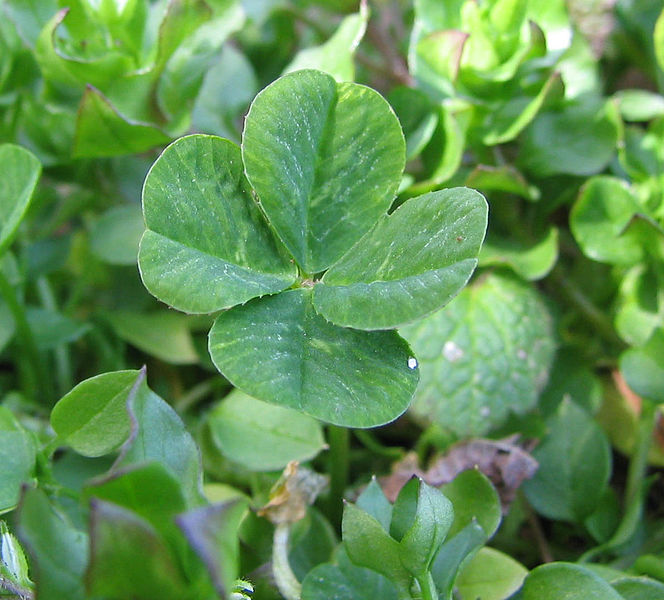
The Atlantic: Magical thinking at the U of M
An Oct. 22 article penned by Stuart Vyse in The Atlantic examines superstitions — in sport, in universities and among gamblers. In the article he refers to a study conducted by U of M professors Daniel and Cheryl Albas from the department of sociology. Here is an excerpt from that story:
As part of a larger study of college life, sociologists Daniel and Cheryl Albas gathered data over 13 years from more than 300 students at the University of Manitoba. Students filled out standardized questionnaires and recorded descriptions of relevant thoughts, sentiments, and behavior in examination logs. In addition, the investigators observed students in a number of locations, on and off campus, and conducted many formal and informal interviews. Based on this information, the Albases estimated that from 20 to 33 percent of their students used magic, primarily to bring on good luck rather than to stave off bad. They discovered that student’s exam-related superstitions fell into two broad categories: the use of magical objects and the practice of special rituals. The Albases enumerated too many examples to present here, but a selection of beliefs and behaviors will help to give us a flavor of this subculture.
One of the most popular student superstitions involved clothing, and, with some exceptions, the predominant practice was “dressing down.” Old sweatshirts were (and, I believe, still are) quite popular. One science student always wore an old scarf that he claimed “carries parts of my brain in it.” Some students dressed up, however, and a young man who always wore a three-piece suit admitted, “It’s not a very logical thing to wear to an exam because it’s hot and restricting.” Yet he maintained the belief that his suit improved his performance.
Several students reported that they used special pens with which they had written previous successful exams. Such pens were thought to improve performance; having to take an exam without one’s special pen would be cause for concern. An advertisement in a student newspaper read as follows:
Help! I’ve lost my silver Cross pen. Deep psychological and sentimental value; never written an exam without it. Lost last Friday. If found contact Anna …
Typically, textbooks cannot be used during an exam. At the University of Manitoba, students stacked books around the perimeter of the examination room or under their desks. Nevertheless, several students reported that being able to see their books during an exam improved their performance: “summaries come up through the covers.”
Some students used more common talismans, such as rabbit’s feet, dice, and coins, as well as teddy bears and other cuddly toys. In this category the Albases reported one particularly unusual case. A young male student would not take an exam unless he had “found” a coin, which he interpreted as a sign of good luck. As a result, he would search for a coin on the day of an exam, often wasting precious study time “scrounging around bus stops” until he was successful—even at the risk of being late to the exam.
Of the individual-centered superstitious or magical acts aimed at bringing good luck, the overwhelming favorite was prayer. The Albases reported that even some nonreligious students prayed prior to exams. However, some observed secular rituals. For example, students reported knocking on the exam room door three times before entering, stepping over the threshold of the exam room with their right foot, or circling the exam building—regardless of the weather conditions. Another popular practice was listening to a “lucky song” or tape. One student said she played the song “Money Changes Everything” on the drive to school; another listened to Martin Luther King’s “I have a dream” speech before every exam.
It is clear that this kind of behavior is not unique to Manitoba. I have observed similar superstitions among my own students, and at Harvard University, where students are presumably very intelligent, rubbing the foot of the statue of John Harvard is considered good luck.
In recent times, University of Manitoba students have been spotted at the statue of Metis leader Louis Riel, which stands outside Migizii Agamik (Bald Eagle Lodge) on the Fort Garry campus, rubbing his thumb for good luck before an exam.






